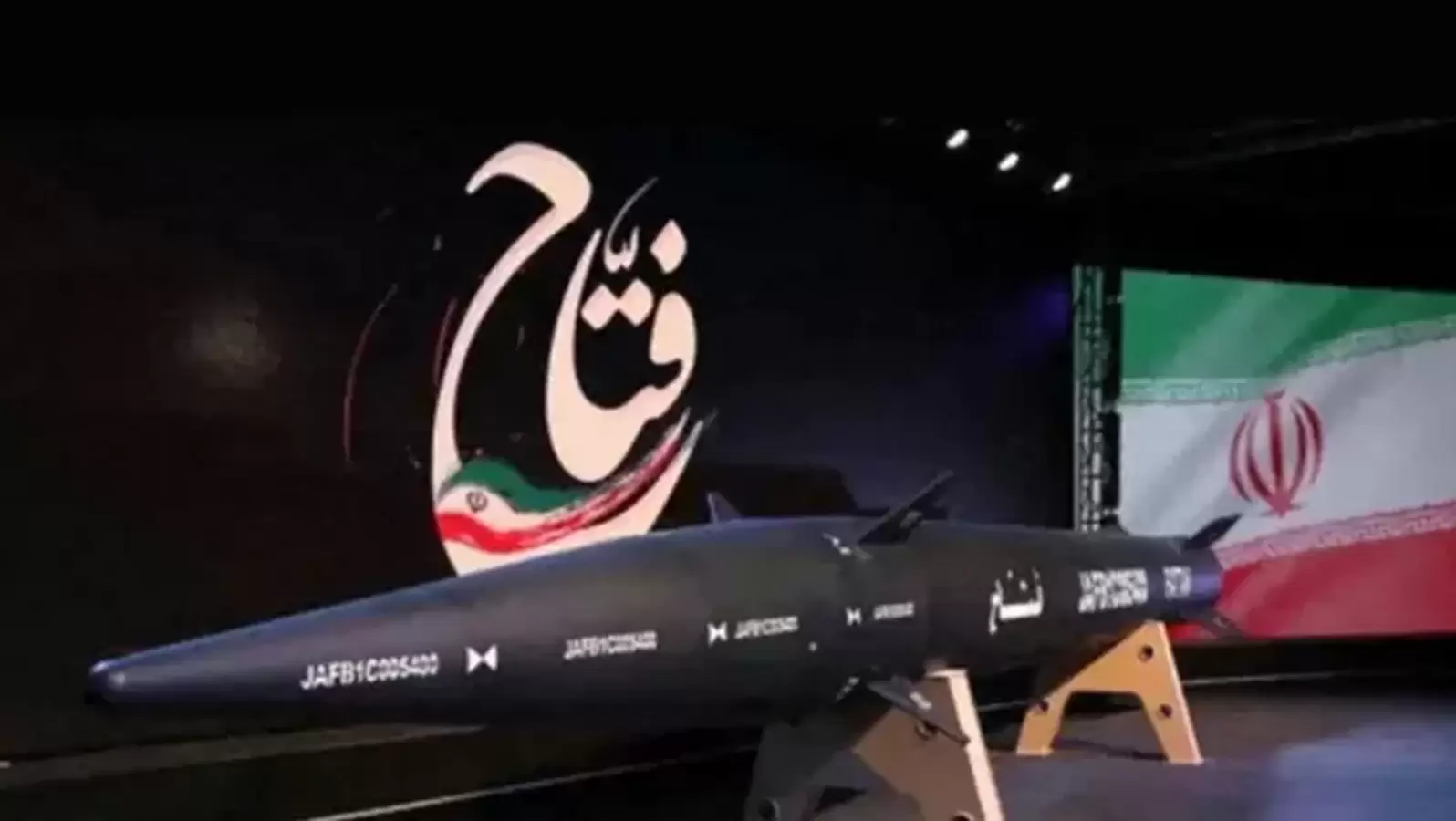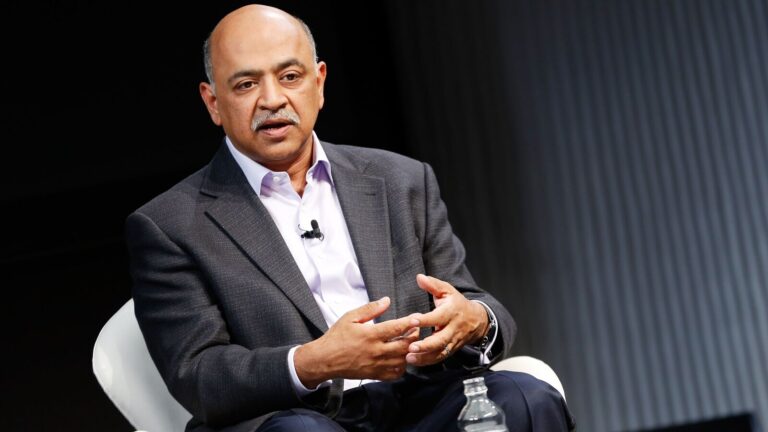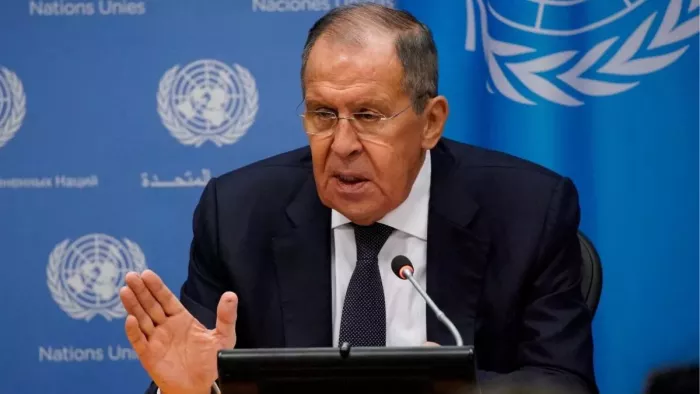Iran’s Fattah-1 Hypersonic Missile Targets Israel: What This Means for Global Tensions
Iran’s Fattah-1 Hits Israel: All You Need to Know About the Hypersonic Missile
In a bold and alarming development in the ongoing conflict between Iran and Israel, Iran has claimed to successfully launch its hypersonic missile, the Fattah-1, targeting Israel during overnight strikes on Wednesday. This striking move follows a fiery declaration from Iran’s Supreme Leader, Ayatollah Ali Khamenei, who called for “no mercy” against Israel. As tensions escalate, the implications of such advancements in missile technology are worth dissecting to understand their potential impact on regional security.
What is the Fattah-1 Missile?
The Fattah-1 missile represents a significant step in Iran’s military capabilities. Described as the country’s first hypersonic medium-range ballistic missile, it has been developed by the Islamic Revolutionary Guard Corps (IRGC). Here’s what makes the Fattah-1 notable:
- Speed and Maneuverability: Hypersonic missiles are defined by their ability to travel at speeds exceeding five times the speed of sound. The Fattah-1’s speed and ability to maneuver mid-flight increase its chances of evading missile defense systems, making it a formidable weapon.
- Specifications: The missile boasts a length of twelve meters and a striking range of up to 1,400 kilometers, allowing it to reach numerous targets across the region. It operates on solid fuel, which contributes to its quick deployment capabilities.
- Payload Capacity: It can carry up to 200 kilograms of explosives, enhancing its lethality against various targets.
The Origin of the Fattah-1 Missile
The Fattah-1 was officially unveiled on June 2023 by Ayatollah Khamenei, who described the missile as a significant technological advancement for Iran. This announcement coincided with the 11th death anniversary of Hassan Tehrani Moghaddam, known as the “father” of Iran’s missile program. The missile marks a “major generational leap” in the context of Iranian military technology, underscoring the Islamic Republic’s ambitions in defense innovation.
Historical Context of the Conflict
This missile strike is not just an isolated incident; it signifies a broader context of escalating tensions between Tehran and Jerusalem. The Fattah-1 had previously been launched against Jerusalem during an attack on October 1, 2024. Since the conflict intensified, particularly after Israel’s airstrikes on Iran beginning in June, both parties have engaged in reciprocal strikes, leading to significant casualties on both sides.
- Recent Developments: After the Fattah-1 missile was launched, Iran reportedly sent a swarm of drones toward Israel, successfully intercepting two of them over the Dead Sea area, as confirmed by the Israeli military.
- Military Casualties: Israel claims that their military actions have resulted in the deaths of senior Iranian commanders, including Ali Shadmani and Gholam Ali Rashid, indicating the high stakes both sides are willing to take in this escalating confrontation.
International Reactions and Implications
The renewed hostilities have not gone unnoticed on the international stage. At the recent G7 Summit in Canada, discussions around Iran’s military advancements and aggressive stance were at the forefront. Leaders expressed grave concerns over the rapid escalation of tensions and the potential for further military exchanges that could destabilize the broader Middle Eastern context.
Conclusion
The deployment of the Fattah-1 hypersonic missile by Iran represents a pivotal moment in the ongoing conflict with Israel, characterizing a significant leap in military technology and an alarming escalation in hostilities. With both sides demonstrating a willingness to engage in direct military confrontation, the prospect of further bloodshed looms ominously. As global powers monitor the situation, the urgent need for diplomatic resolutions becomes increasingly apparent.
As this situation develops, it remains crucial for observers to stay informed about the potential ramifications of such technological advancements and military provocations. The stakes are undeniably high, and the consequences of inaction may well lead to an even more volatile regional landscape.






